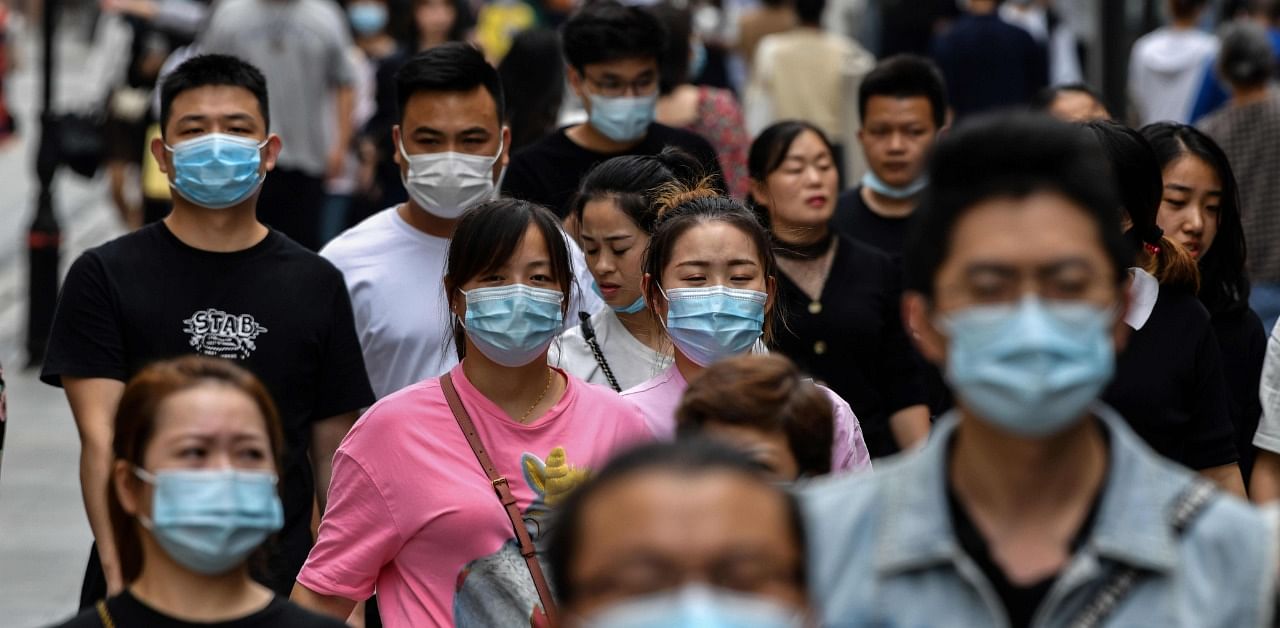
On January 11, the first coronavirus death was officially recorded in China. Eight months after the identification of the disease that appeared in Wuhan in December 2019, the world has recorded over one million deaths.
The Sars-CoV-2 virus which causes the illness known as Covid-19 first spread rapidly in China, particularly in the province of Wuhan. In the space of one month, the country recorded one thousand deaths.
That initial toll was worse than the total number of deaths caused by earlier acute respiratory syndrome SARS, which circulated in Asia in 2002-2003 and led to 774 fatalities.
Countries and territories outside continental China were relatively untouched at that point but the virus was already starting to circulate there.
The Philippines registered its first case on February 2 and Hong Kong two days later, followed by Japan and France on February 13 and 14.
In February cases soared. By March 11, when the WHO declared the new coronavirus a "pandemic", 4,500 deaths had been recorded worldwide, across 30 countries and territories.
Two-thirds were still in China but Italy (800 deaths) and Iran (300 deaths) saw cases escalate, with deaths soon following.
The number of people dying every day in Europe and the United States rose swiftly up until mid-April, reaching peaks in the second week of more than 4,000 and 2,700 average daily deaths respectively.
Today the United States remains the hardest-hit country for deaths, with over 200,000 recorded.
On a global scale, the deadliest week was April 13 to 19 when more than 7,460 coronavirus deaths were officially reported every day. By then the total number of deaths worldwide had risen to nearly 170,000, or double the level reported on March 31.
Since the start of June, the average number of deaths per day has hovered around 5,000.
In June, the epicentre of the pandemic shifted to Latin America and the Caribbean. From July 15 to August 15, recorded deaths in the region did not drop below an average of 2,500 per day.
Only then did they start to fall gradually, reaching an average 1,900 deaths per day last week.
Brazil became the country with the most deaths in total after the United States (more than 140,000). Taking into account the size of their populations, Peru (975 deaths per one million inhabitants) and Bolivia (671), are among the worst-affected countries worldwide, alongside European countries like Belgium (861) and Spain (668).
In Asia, where the toll was lower than 100 deaths per day up until mid-April, fatalities have been steadily increasing. The continent has exceeded 1,000 deaths per day almost continually since July 20 and is approaching 1,500 (1,407 on average over the last two weeks).
India has been the worst hit, recording more than 90,000 deaths so far.
Cases are also rising again in Europe, reinforcing concerns about a possible second wave. New cases on the continent were around 20 per cent higher last week than the previous and deaths are up 28 per cent.
Fatalities are also increasing again in the Middle East (around 330 in the last two weeks, an increase of around 18 per cent).
According to official statistics, Africa has been less affected than other continents: deaths have been falling since August (fewer than 200 per day in mid-September, after a peak of around 400 in early August).
In Oceania, meanwhile, the average daily number of deaths has never exceeded two dozen.